Lighting Tips & Examples
Mastering Dark and Moody Lighting in Portrait Photography
With Real Image Examples and Artistic Tips by Jasmin Jade
There’s a magic that lives in the shadows.
Dark and moody lighting doesn’t just capture a person – it reveals them. It’s raw. It’s cinematic. It’s unapologetically emotional. And for photographers like me, it’s become more than a style, it’s a signature.
In this post, I’ll break down how I approach moody lighting, show you examples from recent sessions, and share simple tips to help you lean into the shadows and still keep your subject glowing.
Why Shoot Dark and Moody?
Moody portraits create depth, drama, and emotion in ways flat lighting can’t. They feel intimate and powerful, perfect for genres like boudoir, editorial, and fine art portraiture.
If you’re craving something more soulful than light and airy, this is your sign to dive in.
The Look: Real Examples
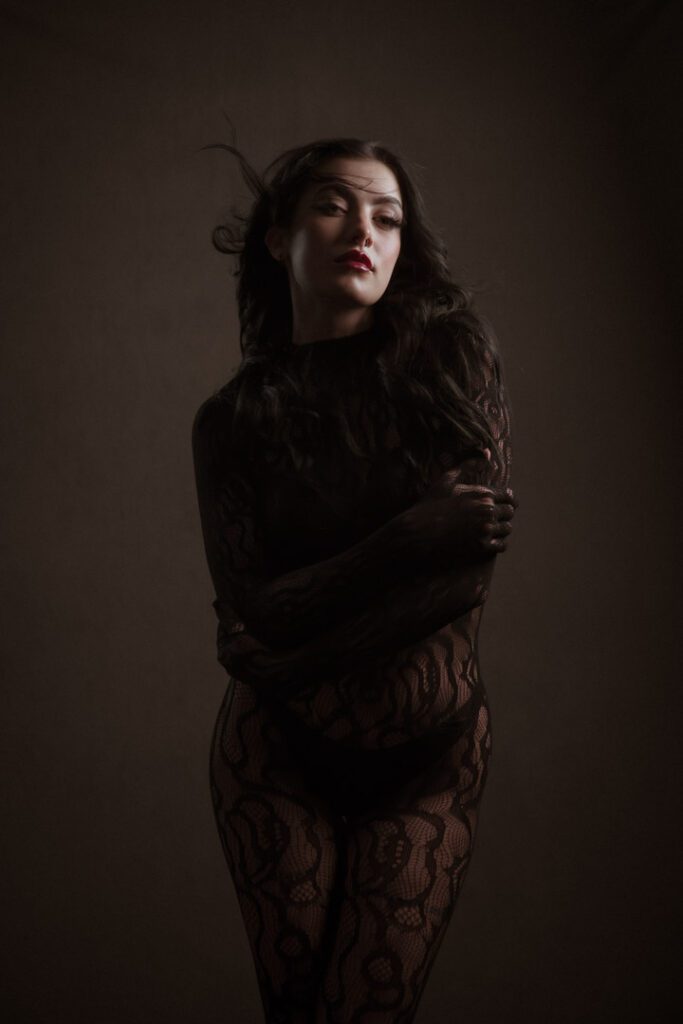
This close-up shows how shadows create sensuality. Lace gloves, matte textures, and soft directional light build tension without revealing everything. It’s less about perfection and more about presence.
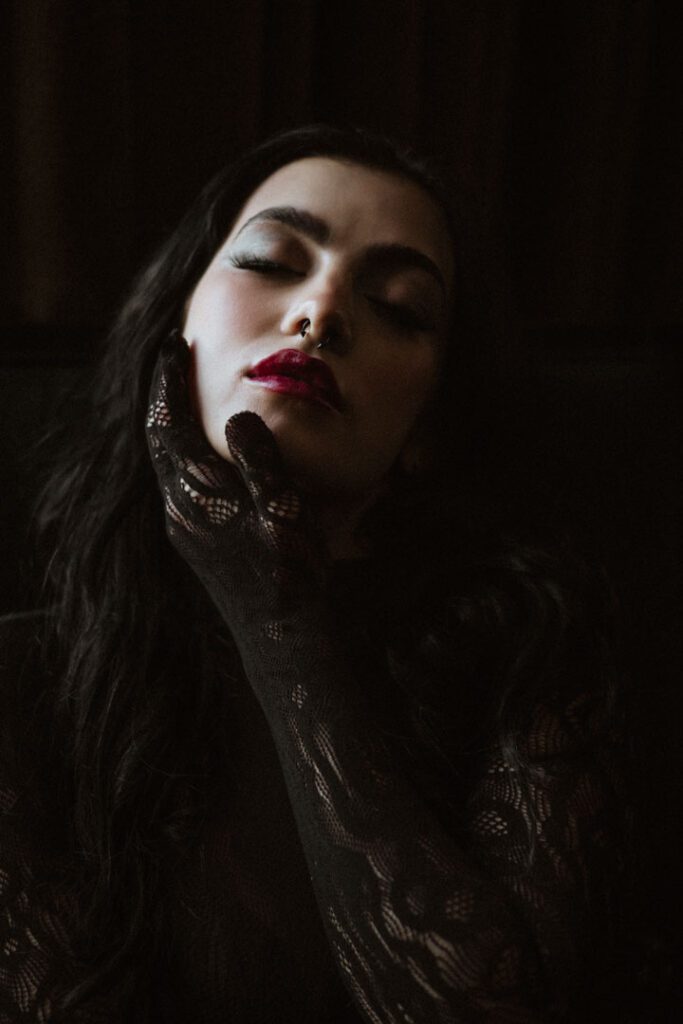
In this black and white portrait, the movement of the hair, the texture of the lace, and the high contrast lighting create a timeless, gothic beauty. This was lit using a single diffused light source, angled high and slightly off-center.
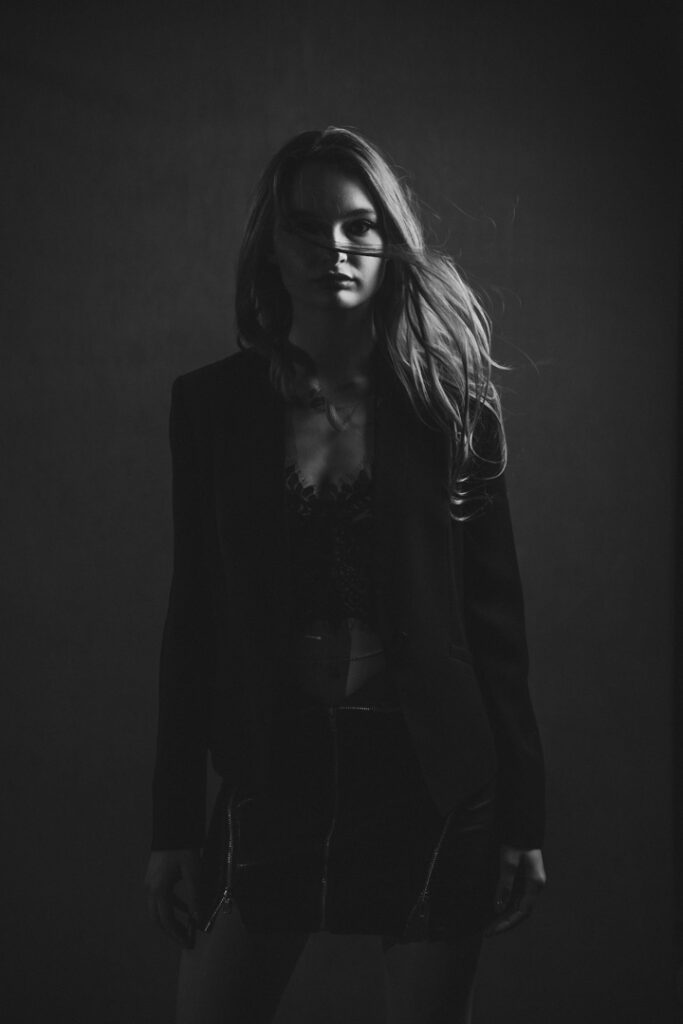
This shot uses the “fall-off” of light to create mystery. Only a sliver of light hits the face, giving just enough detail to hold your attention. The rest? It’s left to the imagination.
How to Create This Look (Even in a Small Space)
- Kill Overhead Light.
Overhead lighting is your enemy here. Use directional side light (a window or softbox works wonders). - Expose for the highlights.
Let your shadows go dark. Don’t fight it. Expose for the highlights on your subject’s face or skin. - Use Flags or Curtains.
Block excess light with black foam boards or curtains. Control where your light doesn’t go. - Choose Dramatic Styling.
Lace, velvet, leather, deep colors—these textures love shadows. They photograph with dimension and mood. - Edit with Intention.
Push contrast. Keep warmth in skin tones. Desaturate your shadows slightly if you want that painterly, filmic vibe.
Pro Tip: It’s Not Just About Light
It’s about emotion. Your model’s expression, body language, and styling choices matter just as much as your settings.
Dark and moody photography invites the viewer to feel more. So lean into that vulnerability. It’s where the art happens.
Want to Edit Like This?
If you’re looking to create this cinematic finish in Lightroom, I’ve crafted presets that preserve skin tone, enhance texture, and give you that velvety shadow falloff.
➡️ Check out my moody preset collections here.
Final Thoughts
Dark and moody isn’t just a style, it’s a statement.
It tells the world: There’s beauty in the quiet. In the shadow. In the pause.
And if that’s the kind of work that lights you up, welcome. You’re my kind of photographer.
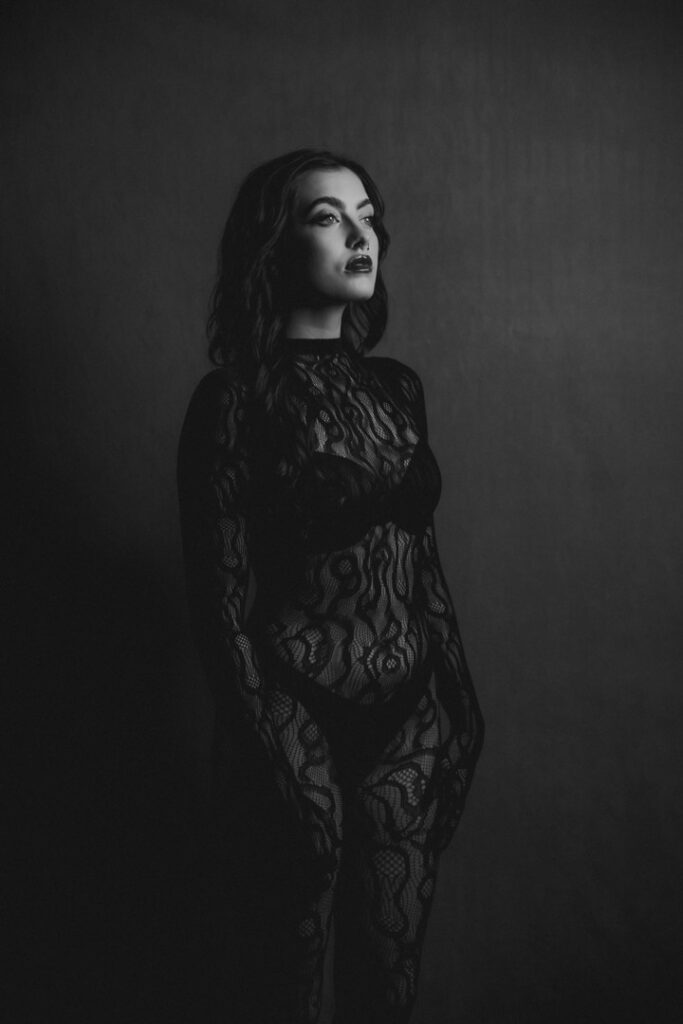
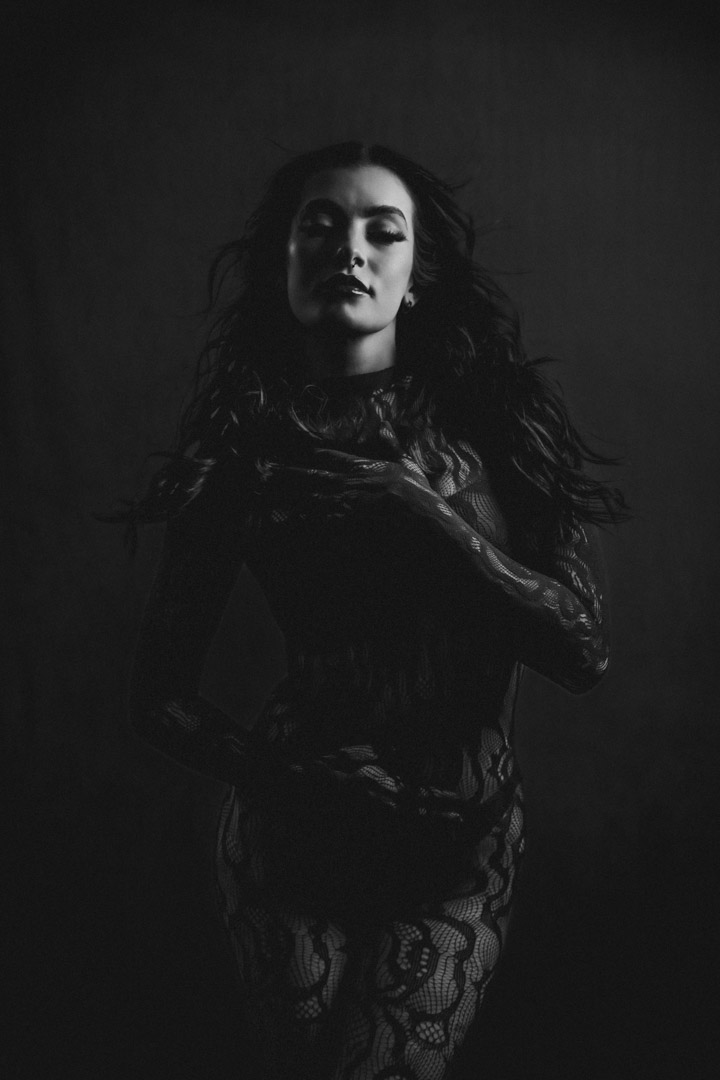
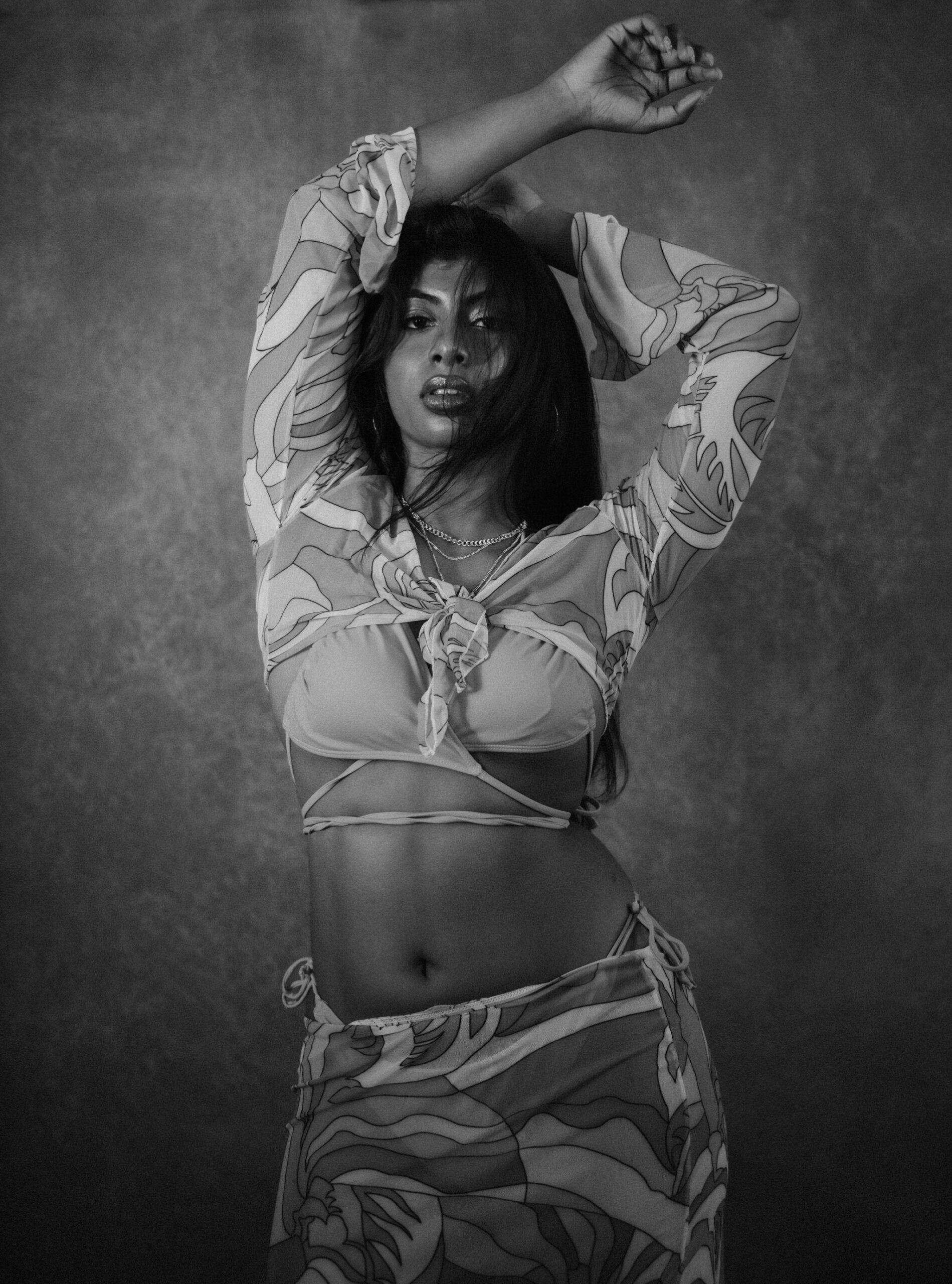
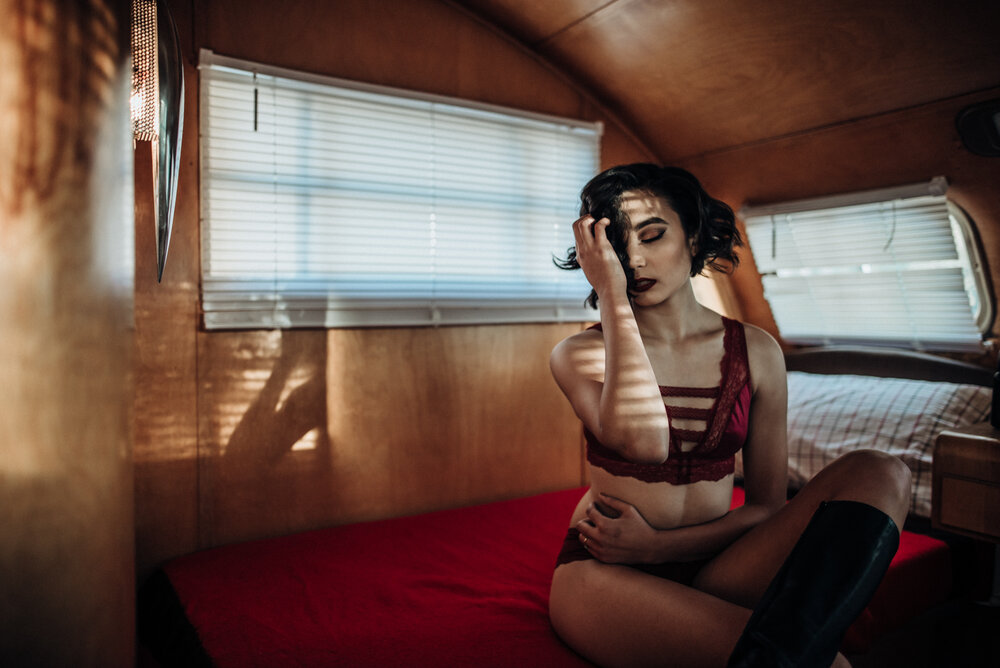


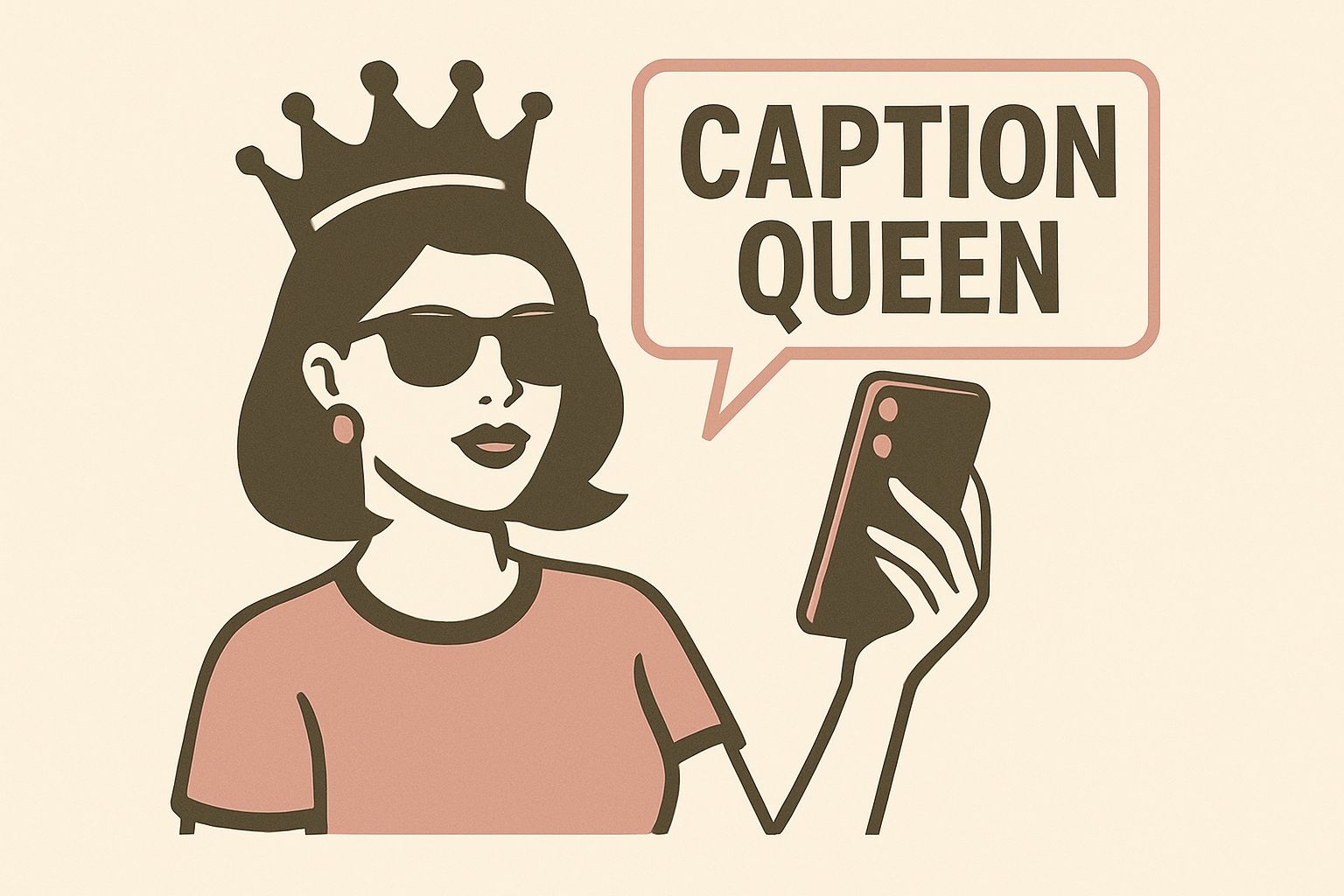
Comments +